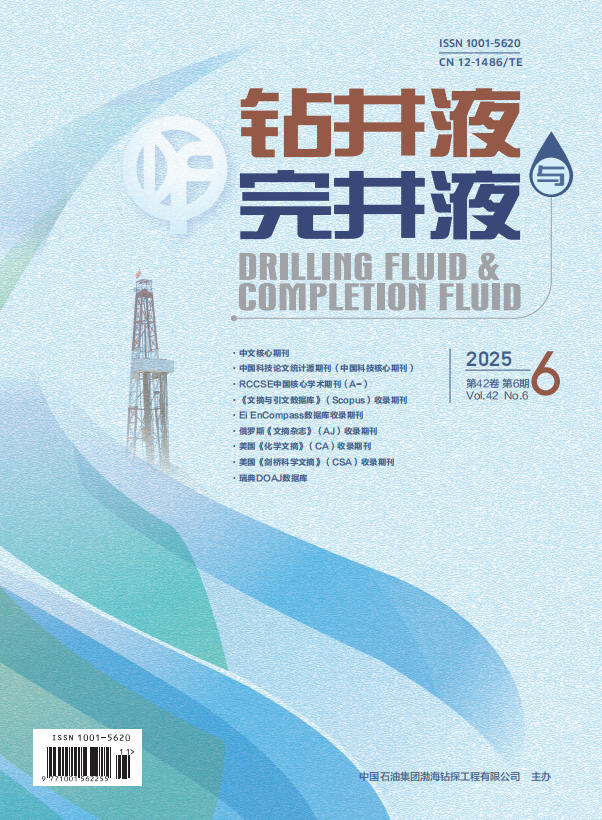Abstract:
In studying the damages to shale gas reservoirs, the damages to the desorption capacity of reservoir formations caused by the salinity of drilling/completion fluids have not been studied. In our laboratory studies, a shale piston plunger (diameter=38 mm) made from the Longmaxi formation was used to simulate the reservoir formations. In the experiment, temperature was controlled to 60℃, and confining pressure to 20 MPa. The flowrates of the methane (purity 99.99%) at both the inlet and outlet of the piston plunger were measured every 8 min with gas chromatograph. If the flowrate at the inlet and the flowrate at the outlet were equal, then the piston plunger can be regarded as saturated with adsorbed methane. At initial pressures ranging between 0.001 MPa and 0.01 MPa, the original total desorption volume and rate of desorption were measured for a consecutive 224 min period. The same piston plunger was re-saturated with methane, and the inlet and outlet were sealed with a constant pressure of 3.5 MPa, then inject at the outlet into the piston plunger with KCl solution of 2000, 5000, 10000, 20000 and 40000 mg/L at a rate of 0.1 mL/min, and contaminate the piston plunger for 1 h. Measured the total desorption volume and rate of desorption at the same conditions as when measuring the original total desorption volume and rate of desorption. The measurement for each KCl concentration was tested twice. With an increase in KCl concentration, the average total desorption volume of methane decreased from the original 0.009209, 0.007758, 0.007708, 0.006502 and 0.008027 mmol to 0.000565, 0.004263, 0.004232, 0.003229 and 0.003441 mmol, respectively, and the percentages of damage to the total desorption volume were 93.74%, 45.22%, 44.90%, 50.20% and 57.09%, respectively. The average rates of desorption decreased from the original 0.000041, 0.000035, 0.000040, 0.000029 and 0.000036 mmol/min to 0.000005, 0.000020, 0.000025, 0.000016, 0.000018 mmol/min, respectively, and the percentages of damage to the rate of desorption were 85.78%, 36.87%, 35.42%, 38.88%, 47.34%, respectively. These experiment results demonstrate that the concentration of KCl solution will affect the desorption volume and rate of desorption of the shale gas reservoir rocks, and they provide a reference to the design of drilling/completion fluids and stimulation fluids.



